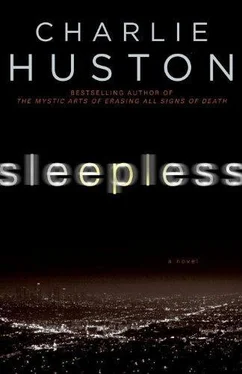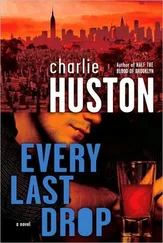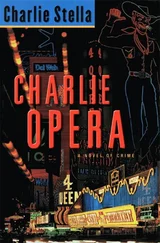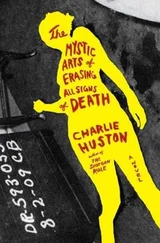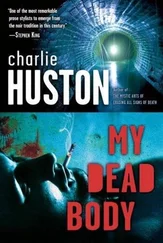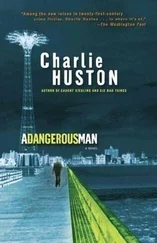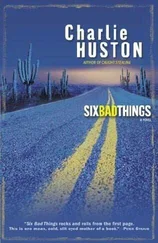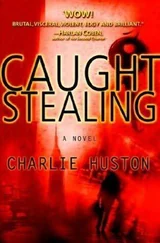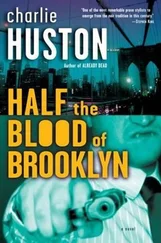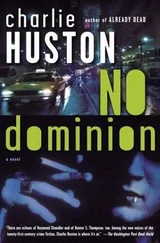There weren’t many people in the upstairs room that looked over the pool. Hardly any. The gallerist who had curated the work there stood near the door. Two teenagers in cloaks and buckskin leggings sat on the floor in the middle of the room. And a slight, sweaty man, clucking his tongue obsessively, muscles jumping on his pale bald scalp, skin hanging loose on his upper arms. Sleepless, he paced back and forth across the small room. He was talking to himself, I think, saying, “But it doesn’t prove anything. It doesn’t explain anything. It doesn’t say anything.” The walls were paneled in brand-new plywood veneer. Framed photographs in chrome plate frames from Kmart or Target. The photos were all of glowing white abstract shapes, loops and curls, edges tinged cobalt, on a deep black background.
Cager nodded at the gallerist and pulled me to the middle of the room near the two teenagers. Both of them stared openly at him.
I started to say something. Trying to steer the conversation to where I needed it to go. But he wouldn’t listen. He told me to be quiet and to “look at the future.”
I looked at the photographs. They all looked the same.
Before I drove from Venice I chipped a claw from the Shabu dragon and let it dissolve in my mouth. It made my tongue numb and tasted like bleach and gardenias. A headache was starting at the base of my neck and climbing over my skull.
Cager asked me if I saw it.
I looked again, and I saw it. One of the photos was SLP. A huge negative image blowup of the prion. Looking again, I recognized others from the research I had done after Rose’s diagnosis. Bovine spongiform encephalopathy Kuru. Creutzfeldt-Jakobs disease. Chronic wasting disease.
The gallerist pointed at the photos, explaining, “Those are the classics, the past. BSE. CJD. CWD. Kuru. Scrapie. These are a series of SLP, the present. The artist has lost his entire immediate family. Mother, father, two brothers, wife, and three sons. All were very early SLP victims. Each of these are photographs of a single SL prion isolated from the brain tissue of his deceased family members. The photographs are end product, but process is the point. The artist is a designed materials specialist.”
The gallerist pointed at the final series of photos. He told us, “Those are the future. Designed materials. The artist customizes proteins, refolding them, creating new prions. Using applied nucleation, better known as conformational influence, the same process by which prions cause healthy proteins to malform, he allows his self-assembling systems of prions to grow. And then kills them. But not before preserving a visual ghost.”
The pacing sleepless halted and raised his voice, “Shuguang Zhang Zhang told us, ‘We have had the Stone Age, the Bronze Age, and the plastic age. The future is the designed materials age.’”
The gallerist nodded toward the sleepless and smiled at us, “Mr. Afronzo, have you met Ian Berry?”
Cager shook his head and faced the sleepless man and stuck out his hand, “No, that’s why I’m here.”
A wave of twitches, Rose’s doctor called them fasciculations, ran over the man’s body. He stuck out his own hand, but it waved from side to side. Cager took it in both of his and held it steady. “Thank you,” he said.
“Thank you for showing me something new.”
Either the man pulled his hand free or it jerked free of its own will, I couldn’t tell which. Just like I couldn’t tell if the expression on the man’s face was true disgust or if it was the result of his musculature run out of control.
Cager turned to me and gestured at the man and smiled and said, “Haas, meet the artist.” Ian Berry offered me his jerking hand, and I took it. His eyelids kept fluttering. He said to me, “Don’t be afraid, it’s just the suffering.”
I pulled my hand back, but he didn’t let go. He asked me, “How long has it been?” I shook my head. He asked me, “How long have you been sleepless?” I shook my head again. He let go of my hand and started pacing again and said, “There’s nothing to be afraid of. It’s just the suffering. It’s just the future coming.”
THERE WERE THREE TABLES IN MY LIVING ROOM. LEST THIS be thought cluttered, please keep in mind that the house was open floor plan, the kitchen, dining, and living areas all sweeping into one another. Keep also in mind that one of the tables was the very small chrome Dadox cube on which I kept my business phones. The large oval Thor coffee table was central to the room, planted diagonally in the middle of a luxuriously shaggy white alpaca rug. The third table was a rather cheap Sui, chosen because its light color offset the dark hardwood it stood on, and because its ten inches of height placed its surface just slightly over a foot below the top of the Mies van der Rohe daybed it complemented. That difference in height was perfect for Saturday afternoons when I would sprawl on the daybed while listening to live broadcasts from the Met. Without looking or stretching I could find my espresso, any pastry I might have allowed myself, or a bowl of in-season grapes. On the rare occasions I had dinner company we generally ate on the deck or removed our shoes and sat on the rug at the Thor table.
The men in the room with me at this time had not removed their shoes. Nor had they placed me on the floor and tied my ankles to the thick sculpted end pieces that flowed directly out of the base into the upper surface of the Thor. For that matter, they had not pilloried me on the Dadox cube, arching my back across it, wire running from my neck, lines stretched to my wrists and ankles, the tension of my own muscles keeping my limbs splayed. Instead, they had sat me on the daybed and tied my ankles to the legs of the Sui. Nothing wrong with this arrangement in principle, until the lights went out.
Curling, I hunched my shoulders so that as I rose I would minimize tension on the wire that ran from my neck to my wrists. The weight of my upper body coming forward was not enough to lift me from the daybed, but my ankles had been tied with my feet quite flat against the floor. Pressing down with the muscles in my upper legs, I lifted myself, lunged, and fell over the Sui table atop the man kneeling between my legs with the soldering iron.
For a moment the man was pinned between my body and the table. I heard a clunk that might have been the soldering iron, then a cracking of wood as our combined weight splintered the rather delicate piece and I tumbled, tucking my head, turning my shoulder, feeling the wire dig into my throat, the rope on my ankles snagging before slipping loose from the broken table legs.
Pain cannot be ignored. However, it can be endured. When necessary, a great deal of pain can be endured. Just ask any mother.
Naked on the floor, in a litter of kindling, third-degree burns on the backs of my knees and inner thighs, I had a moment of instability at the thought of a world that could twice see a man unclothed in such circumstances in the span of a single life. Pain returned me to a semblance of balance. Indeed, I experienced a tremendous amount of pain in silence while listening very carefully for the voice of the man who had been burning me. There was a shuffle of movement that quickly subsided, the other men in the room shifting their positions slightly from where they had been when the lights went out, followed by a single spoken syllable coming from that man on the floor as he made them aware of his own position so as not to end up in the line of fire.
“Here.”
“Here,” as it turned out, was just a foot or two away. I knew this already because one of the protrusions poking his shoulder wasn’t a bit of broken table, was, in fact, one of my toes. But the word did serve a purpose, allowing me to develop a clear mental picture of just where his face was. So that when I lashed out with the heel of my other foot, I felt the very distinct sensation of a man’s nose caving in.
Читать дальше
